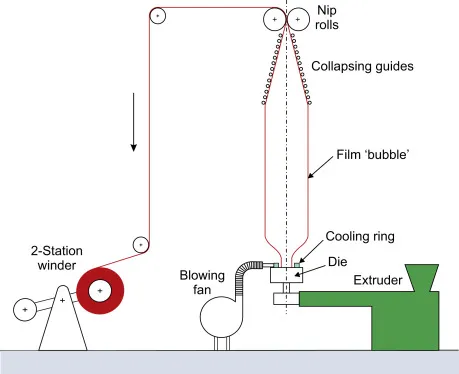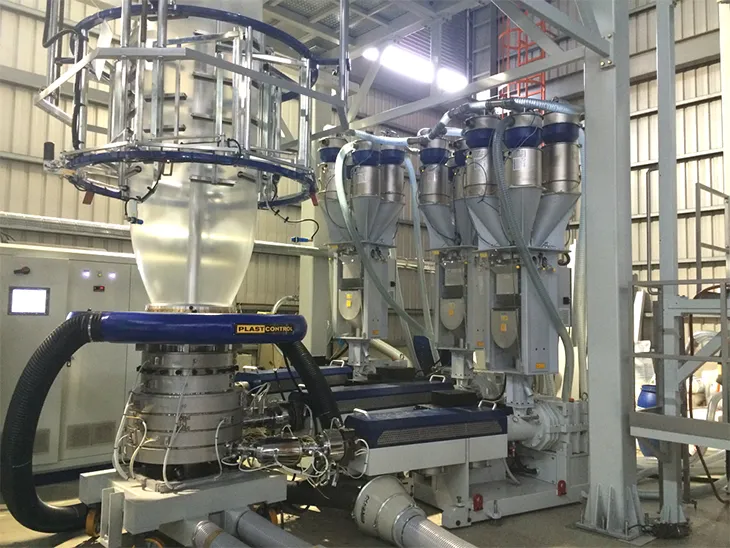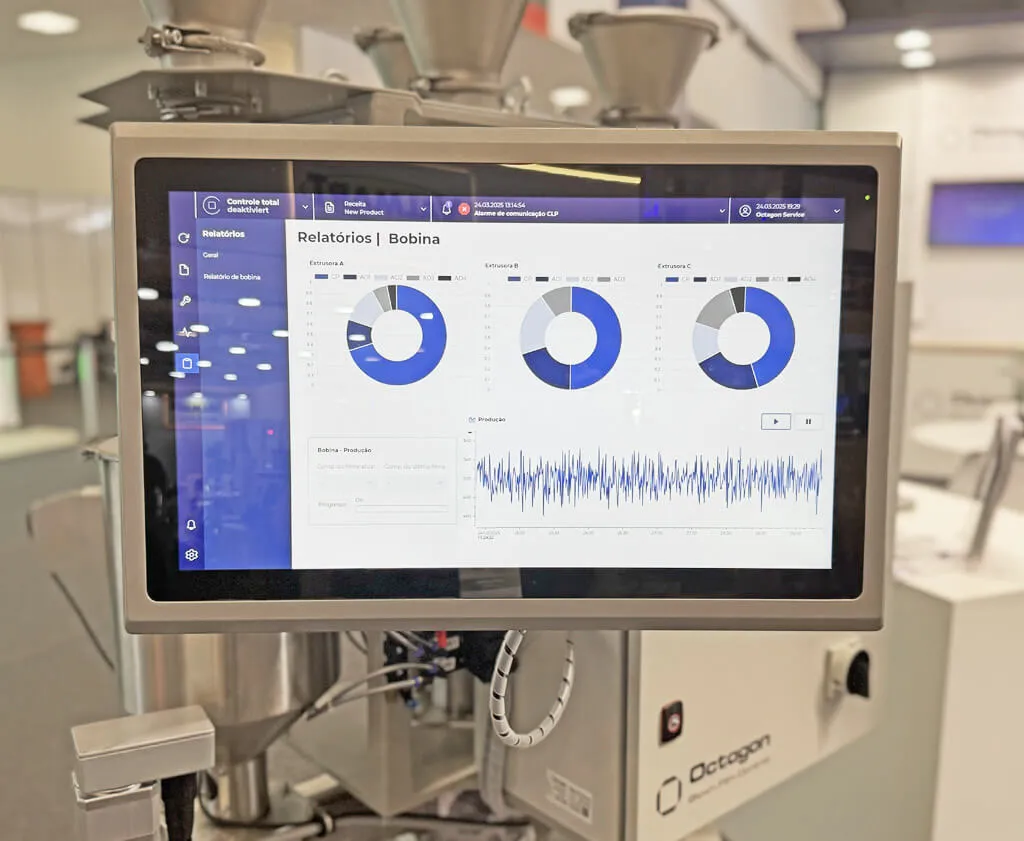Plastic Film Blowing Machines: Complete Guide to Technology and Applications
Plastic film blowing machines represent one of the most critical technologies in modern packaging and plastic manufacturing industries. These sophisticated systems transform raw plastic materials into versatile films used in countless applications worldwide. The technology has evolved significantly since its inception, offering improved efficiency, precision, and versatility in film production.
Working Principle of Film Blowing Machines
The fundamental principle behind plastic film blowing involves extruding molten plastic through a circular die and inflating it with air to create a continuous tubular film. This bubble of plastic is then cooled, collapsed, and wound into rolls for further processing. The process allows for precise control over film thickness, width, and mechanical properties.

The extrusion process begins with plastic raw materials, typically in the form of pellets or granules, being fed into the machine's hopper. These materials then travel through the barrel where they are heated and melted by mechanical shear and external heating elements. The molten plastic is forced through a circular die, forming a continuous tube that is immediately inflated with compressed air.
Key Process Parameters
Several critical parameters govern the film blowing process:
- Extrusion temperature profile
- Screw rotation speed
- Air pressure and volume
- Take-up speed
- Cooling efficiency
Major Components of Film Blowing Machines
Modern film blowing machines consist of several integrated systems working in harmony to produce high-quality plastic films. Understanding these components is essential for optimal operation and maintenance.
Extrusion System
The heart of any film blowing machine is the extrusion system, comprising the hopper, barrel, screw, and heating elements. The screw design varies depending on the material being processed and can include barrier screws, mixing sections, and various compression ratios to ensure proper melting and homogenization.

Die Assembly
The die is a crucial component that determines the initial geometry of the plastic film. Modern dies feature sophisticated design elements including:
- Spiral mandrel distribution
- Adjustable gap mechanisms
- Precision machining for uniform flow
Cooling System
Efficient cooling is vital for achieving desired film properties and production rates. Common cooling methods include:
| Cooling Method | Advantages | Typical Applications |
|---|---|---|
| Air Ring Cooling | Simple design, cost-effective | LDPE, LLDPE films |
| Internal Bubble Cooling | Higher production rates, better control | HDPE, PP films |
| Dual Lip Air Ring | Improved stability, reduced gauge variation | High-performance applications |
Types of Film Blowing Machines
Film blowing machines are categorized based on their configuration and the type of films they produce. The main classifications include:
Single-Layer Machines
These are the most basic type, producing films from a single polymer material. They are cost-effective and suitable for applications requiring uniform composition.
Multi-Layer Co-extrusion Machines
Advanced systems capable of producing films with multiple layers of different materials. These machines offer enhanced functionality through combination of various polymer properties.

High-Speed Blown Film Lines
Designed for maximum productivity, these machines incorporate advanced cooling systems and automation to achieve production rates exceeding 500 kg/hour.
Materials Processed by Film Blowing Machines
The versatility of film blowing technology allows processing of various thermoplastic materials, each offering distinct properties and applications.
| Material | Properties | Common Applications |
|---|---|---|
| LDPE (Low-Density Polyethylene) | Flexible, transparent, good impact strength | Carrier bags, packaging films |
| HDPE (High-Density Polyethylene) | Stiff, good moisture barrier | Shopping bags, industrial liners |
| LLDPE (Linear Low-Density PE) | Excellent toughness, puncture resistance | Stretch films, heavy-duty bags |
| PP (Polypropylene) | High clarity, good temperature resistance | Food packaging, medical applications |
Applications of Blown Films
The films produced by blowing machines find applications across numerous industries, demonstrating the technology's versatility and importance.
| Industry | Application Examples | Film Requirements |
|---|---|---|
| Packaging | Food packaging, shrink films, carrier bags | Barrier properties, strength, clarity |
| Agriculture | Greenhouse covers, mulch films, silage wraps | UV resistance, durability, light transmission |
| Construction | Vapor barriers, protective covers | Strength, moisture resistance |
| Medical | Sterile packaging, disposable products | Sterilization compatibility, purity |
Maintenance and Operational Best Practices
Proper maintenance is crucial for ensuring consistent film quality and maximizing machine lifespan. Key maintenance activities include:
Regular Cleaning
Prevent material degradation and contamination through systematic cleaning of:
- Screw and barrel
- Die assembly
- Cooling systems
Preventive Maintenance Schedule
Implementing a comprehensive preventive maintenance program addresses:
Technological Advancements and Future Trends
The film blowing industry continues to evolve with several notable technological advancements:
Automation and Control Systems
Modern machines incorporate sophisticated control systems featuring:
- Automatic gauge control
- Integrated quality monitoring
- Remote operation capabilities
Sustainability Initiatives
Growing environmental concerns have driven development of:
- Bio-based and biodegradable materials
- Energy-efficient designs
- Recycling-compatible systems

Conclusion
Plastic film blowing machines represent a mature yet continuously evolving technology that plays a vital role in modern manufacturing. From simple single-layer systems to sophisticated multi-layer co-extrusion lines, these machines enable production of films meeting diverse application requirements. Understanding the principles, components, and operational aspects of film blowing technology is essential for manufacturers seeking to optimize their processes and remain competitive in the dynamic plastics industry.
As technology advances, we can expect further improvements in efficiency, sustainability, and capabilities, ensuring that film blowing remains a cornerstone of plastic film production for years to come.

